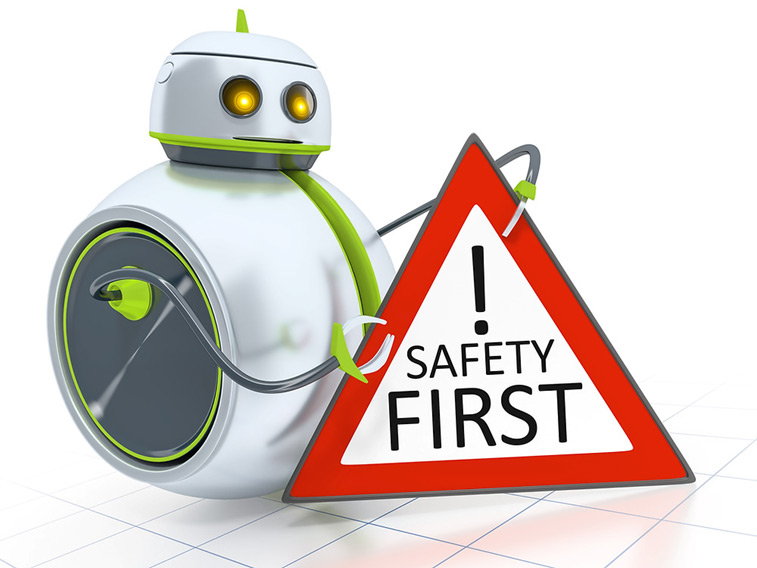Isaac Asimov was a 20th century literary giant, who is best remembered for his science fiction writing. Included in his extensive canon or work is a 1942 short story entitled ‘Runaround’, which introduces 3 Rules of Robotics – a robot being a machine capable of carrying out a complex series of actions automatically.
Although working machines have been around for a long time – think of water clocks – it was only in the last century that their increasing sophistication led us to start thinking of them as a potential threat. Azimov’s rules generate some robot-use boundary conditions which try to balance the associated risks and rewards.
Fast forward to the 3rd decade of the 21st century. Thanks to the development of the micro-processor and the dramatic and ongoing reduction of its processing power price, AI has become a co-intelligence which can support but also challenge us. In Process Safety, AI is being infused into tools which support PHAs, including HAZOP – including Kairostech’s HAZOP Assistant, which was launched in 2024.
In research to support her PhD at York University, Vira Jogia told me that she sensed AI was becoming embedded in high hazard facility design with little awareness from the stakeholders (operators, managers etc). In some ways, this is more insidious than Azimov’s robot challenge as the novel elements are much less noticeable – they are increasingly embedded in the systems and tools we rely on to keep high-hazard facilities safe.
It is perhaps a good time to start talking about a similar set of rules for the use of AI in Process Safety. I’d like to propose the following as a starting point for discussion:
Guidelines for the Use of AI in HAZOP
